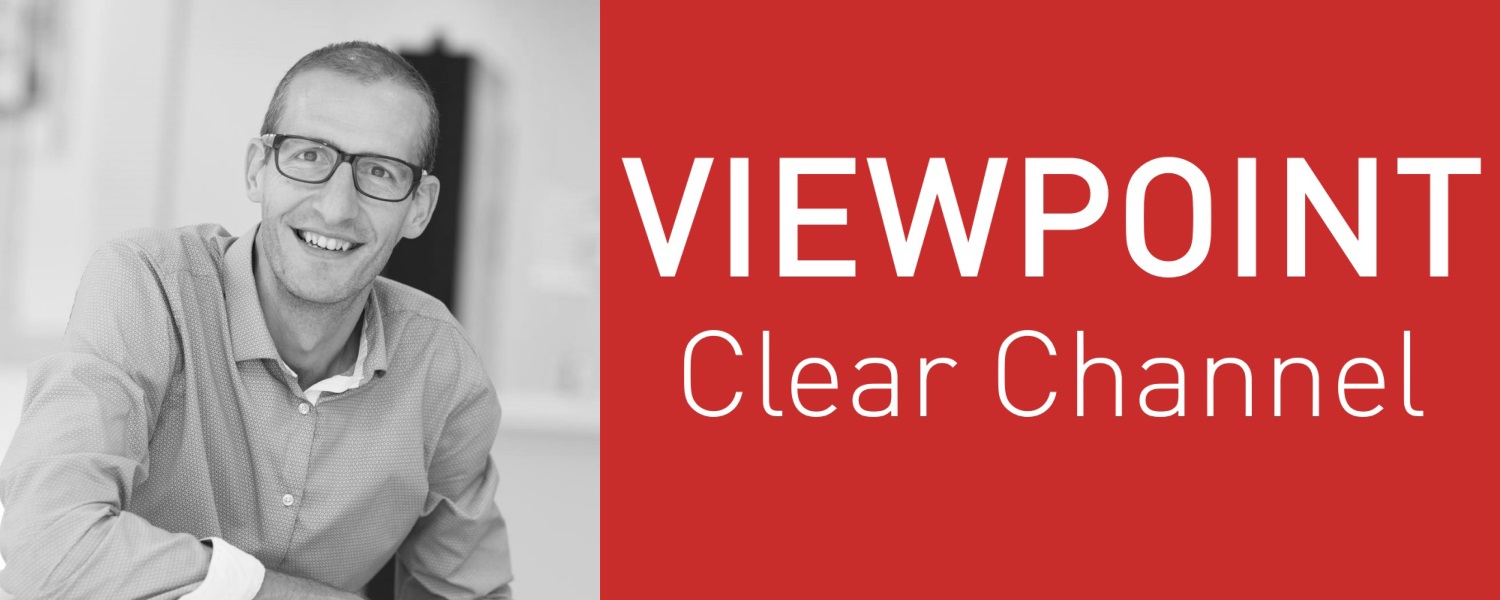Viewpoint: Mobile + OOH = Better together
- Wednesday, January 24th, 2018
- Share this article:
In the first of a series of Viewpoint pieces from guest contributors, Richard Bon, UK sales director at Clear Channel, makes the case for combining mobile with out of home for more effective advertising.
 The latest Magna numbers as always, sent media land scrambling to see how their medium is faring compared to others. Out of home (OOH) has been doing well, with steady 3 per cent growth globally and Digital OOH predicted to enjoy strong growth close to the pace of online.
The latest Magna numbers as always, sent media land scrambling to see how their medium is faring compared to others. Out of home (OOH) has been doing well, with steady 3 per cent growth globally and Digital OOH predicted to enjoy strong growth close to the pace of online.
Whilst a bit of friendly competition between media is always helpful, sometimes it is also about complementarity – how one medium can complete another, rather than always competing for those advertising dollars. I’d like to make the case for the oldest medium coming together with the newest: how OOH and mobile complete each other, helping advertisers to get the best results for their messages.
Big screen, little screen
We know people are spending more time out of home than ever before – at the last count, some 25 per cent more than 10 years ago. When I leave the house in the morning, I always check for my phone and keys. But my phone stays in my pocket until I choose to engage with it – particularly if I am cycling! In contrast, OOH is unavoidable, you can’t switch it off, skip it or ad block it. At its best, it’s entertaining – funny, informative, sometimes even visually arresting – and at any level, it’s non-interruptive. It’s in front of you, and it’s direct.
There’s also something quite reassuring about the fact that OOH is not speaking only to me. It’s a brand’s way of making a public promise. The public promise is important because this is the brand’s opportunity to say why they’re different and why you should trust them. They are investing in OOH to communicate their message to their target audience, but also to the other people who will see it – and may become a customer in the future.
When I see an OOH message that peaks my interest and I want to follow up on it immediately, I reach for my mobile. Essentially, the message has gone from 1:many to 1:1; using OOH’s reach to activate the audience and drive deeper engagement through the mobile device. This personal follow–up on the public promise is where OOH and mobile come together, driving success for brands against both their short-term sales goals and long-term brand-building metrics.
As an OOH aficionado, for sure I am slightly biased, but don’t take my word for it. Research from Nielsen in the US showed that OOH is the most effective medium to drive online activation – whether through search or social channels – and delivers substantially more online activity per ad dollar spent than other offline media. More research from Outsmart demonstrated that 57 per cent of users engaging on mobile having been exposed to OOH were new or lapsed customers. In this way, OOH reminds, rather than directly retargets, customers who might otherwise have strayed. Retargeting gets a bad reputation for many reasons, but the most damaging is that it reduces focus on expanding your customer base.
Location, location, location
OOH and mobile share a very important characteristic: real world context. OOH is the most effective way of driving interactions online because it touches you in the real world, and is a perfect reminder of things you need in your life. On my way to work on a rainy Monday morning, I’m thinking about the week ahead: the life administration I’d promised I would do at the weekend, like renewing my home insurance and upgrading my phone; but I’m also thinking about a little escapism (and sunshine), inspired by an ad for an airline’s special offer for flights to Marrakech which I spot as I wait to cross the road at the traffic lights. My mobile phone becomes the connection which enables me to tick those boxes with brands I trust and kick my week off to a great start.
Brands that invest in mobile alone don’t benefit from this halo effect of recognition and trust. In an era of fake news and digital disruption, we are seeing more and more digital businesses using OOH as their shop front, giving them a physical presence on the high street when people are in that shopping frame of mind. Brands like Very (ShopDirect), Simba mattresses and Zoopla are making the most of this and seeing their businesses grow accordingly.
So when I scour through the Magna numbers, it’s no surprise to see these OOH and mobile doing so well. While they are different – big screen / little screen; emotional / rational; 1:many / 1:1 – their synergy comes to the forefront for advertisers by being able to raise awareness and drive action.
When people hear “dual screening”, they think about TV + mobile – and whilst I may be a tad biased – I predict 2018 will be the year of dual screening meaning OOH + mobile.
















